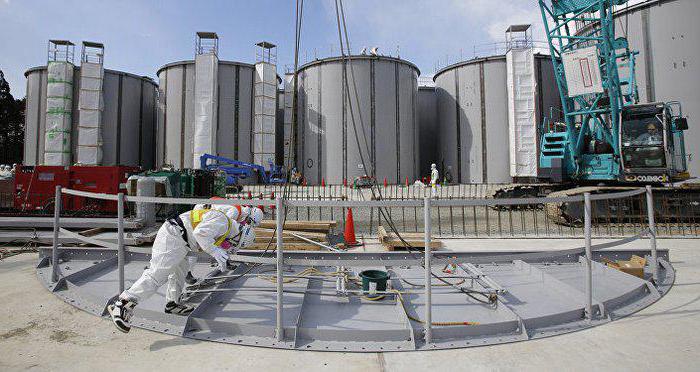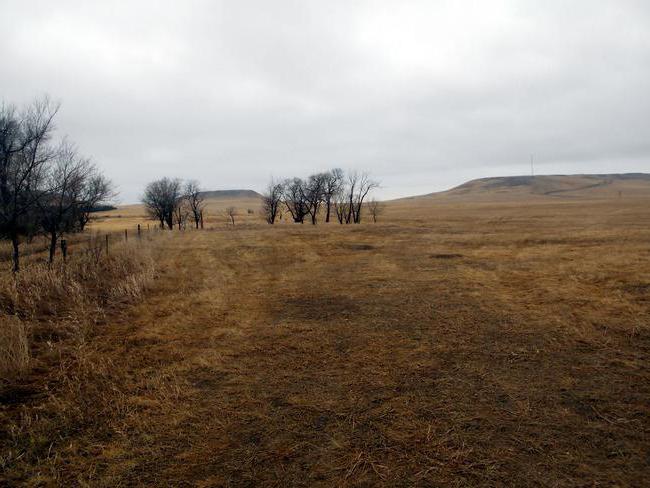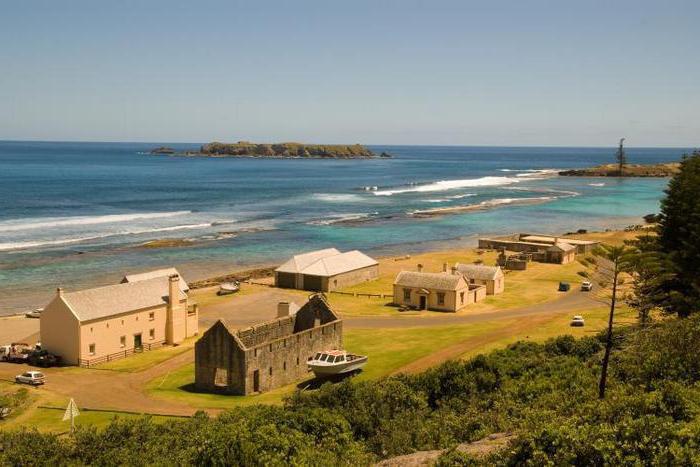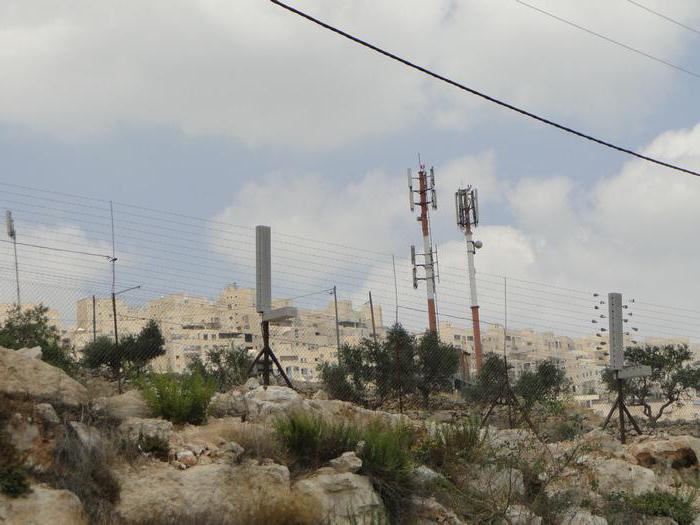Territorial zones of the Russian Federation are areas that are combined with the possibility of building up certain objects. Within their limits, permitted use regimes are established by legislative and other regulatory acts. The territorial zones of settlements in which a large number of people live are called multifunctional. They accommodate warehousing, industrial facilities, public and business buildings and engineering infrastructure. 
Classification
It is carried out depending on the destination. So, there are territorial zones:
- Residential development.
- Production.
- Public business appointment.
- Transport and engineering infrastructure.
- Recreation.
- Agricultural use.
- Special purpose.
- To accommodate military installations.
Each category on general plans and schemes has its own designation. In addition to the above list, other types of territorial zones may be established depending on local conditions. The designation of the same type of area within each of them may vary. Territorial zones may include streets, roads, embankments, driveways, boulevards, squares, ponds, and other objects. Within their limits, there may also exist areas on which special town planning regulations and usage restrictions.
Residential development
Such territorial zones are used to accommodate structures of various storeys. There may be multi-unit or individual houses. Territorial zones of land for residential development may include separate objects of cultural, social and social services for citizens, religious buildings, parking lots for motor vehicles, utilities, warehouses, industrial buildings, the functioning of which does not negatively affect the environment. 
Designations
The territorial zone of a land plot intended for residential construction can be identified on general plans and schemes as follows:
- Collective gardening - Ж1.
- Low-rise building of cottage type, blocked or detached individual houses - Ж2.
- Mixed low-rise buildings - Zh3.
- Mid-rise houses - Zh4.
- Buildings with 9 or more floors - Ж5.
DLD
Social and business territorial zones are used to place objects:
- culture;
- health care;
- catering;
- trade;
- commercial activities;
- consumer services;
- educational institutions (higher and secondary vocational education);
- research, administrative institutions;
- places of worship;
- parking lots;
- community and financial centers.

Within the DLD, residential buildings, hotels, multi-storey or underground garages can be located. In general plans, the territorial zone of a land plot for the placement of public and business objects has the following designations:
- D - all the above types of buildings with the inclusion of residential buildings, engineering infrastructure related to their maintenance.
- D1 - multifunctional complexes.
- D2 - objects of health care, secondary and higher vocational education, culture, administrative and research centers, religious buildings.
- D3 - multifunctional public and business development in the newly formed territories.
- CI - all types of objects indicated in the list, including water transport facilities, residential buildings and the infrastructure serving them.
- Railway - public and business development with the placement of housing estates.
Location of production
Industrial territorial zones are used to accommodate storage and utilities, transport and infrastructure facilities that ensure the functioning of enterprises. Production owners carry out beautification at their own expense. In industrial areas, sanitary protection zones are established. They are not allowed to accommodate preschool and educational institutions, residential buildings, healthcare facilities, fitness centers, sports complexes, gardening, summer cottages, horticultural cooperatives and enterprises producing agricultural products. On general plans, industrial territorial zones are designated:
- Enterprises IV-V hazard classes with the inclusion of public business facilities - P1.
- Organization II-III class. harmfulness - P2.
- Objects of transport and logistics, production, warehouse. Engineering infrastructure with the inclusion of public and business complexes to ensure their maintenance - PD.

Additional categories
Production areas include subzones:
- P1. Here are located industrial enterprises of the first class of harmfulness. In these territories, the development of related and auxiliary industries and organizations of a lower danger level is allowed.
- P2. Within this subzone are located enterprises of the II class of harmfulness.
- P3. The organizations belonging to the III class of danger are located here.
- P4. Within the boundaries of this subzone are located enterprises of IV class. harmfulness.
- A5. On this territory are organizations of the V hazard class, including those that do not have sanitary protection zones.
- P6. On this territory there are facilities for public utilities. These include freight stations, trading / vegetable bases and other facilities.
Within the limits of zones P3-P6, accommodation of organizations whose work is related to the created or performed production activity is allowed. Business institutions usually form the SPZ sector between sources of industrial emissions and the beginning of the housing estate. The area of sanitary protection zones for enterprises of I-II classes can be changed in accordance with the decision of the Chief Sanitary Doctor of Russia or his deputy, for the production of III-V class. - by decision of the head physician of the subject or a person authorized by him. 
Transport and engineering infrastructure
These territorial zones are used for the placement and operation of structures and communications of automobile, railway, sea, river, pipeline, air transport and communications, as well as maintenance equipment. A prerequisite for the location of objects is the observance of certain distances between them and housing estates, recreational and public-business complexes, as well as other requirements aimed at preventing negative impact on the environment. If the objects act as sources of danger or harmful effects on the health of citizens, they are transferred outside the boundaries of the territorial zones of residential development. Landscaping intended for the placement of transport and engineering infrastructure is carried out by their owners. The responsibilities of the subjects also include the creation of sanitary protection zones.
Recreational Facilities
They are located in the respective territories. Within their boundaries are gardens, parks, city forests, beaches and other facilities used for recreation of citizens. AT recreation areas valuable and specially protected may also be included natural complexes. Within them, the construction and expansion of functioning warehouse, utilities and production facilities is prohibited. Exceptions are structures used to support the work of recreational and recreational complexes. On master plans, such zones can be designated:
- P0 - the location of beaches and sports buildings with the inclusion of infrastructure facilities related to their maintenance.
- P1 - forests and forest parks.
- P2 - natural landscapes.
- P3 - recreation, entertainment and leisure areas, spa treatment, tourism, hotel accommodation, boarding houses.
- P4 - protected natural complexes.

Agricultural areas
Within the boundaries of the city and the countryside there are arable lands, vineyards, orchards, pastures, vegetable gardens, as well as territories occupied by agricultural buildings, structures, buildings. On these areas, agricultural activities can be carried out until the category of their use is changed in accordance with the building rules and general plan. Zones can have the following designations:
- C - agricultural land, greenhouses, nurseries, industrial facilities for agricultural purposes. It can also house engineering, social infrastructure.
- C1 - greenhouses, nurseries, agricultural land.
- C2 - agricultural production facilities, including utilities, social infrastructure.
- C3 - summer cottage and gardening.
Water areas
International legal acts define such a thing as a zone of territorial waters. The key provisions governing the water area are established in the 1958 UN Convention. In accordance with the document, a distance of 12 miles (22.2 km) is allocated, measured from the maximum low tide line - the territorial sea - the adjacent zone to the continental part of the state. In Russia, its width is set at 12 miles. About 30 countries adhere to the previous 3 mile limit. The entire area of the territorial sea, its bowels and bottom, and the airspace above it belong to the coastal state. At the same time, according to the Convention, the right to peaceful passage of foreign ships in this water area is recognized. This provision is a compromise solution to the question of state sovereignty and the interests of international navigation. The passage will be considered peaceful if security and good order of the coastal country are not violated. The movement of ships of foreign states should be continuous and fast. During the passage, ships are required to comply with the rules of the coastal country, established in accordance with international regulations. 
ZTR
Zones of territorial development are provided for in the Russian Federation, the formation of which is regulated by federal legislation. The definition of ZTR is established in paragraph 1 of Art. 2 Federal Law No. 392. It acts as part of the territory of the region of the country in which state support measures are provided to residents. ZTR are formed to accelerate the development of the corresponding region in the social and economic plan. Creating favorable conditions is aimed at attracting investment. Territorial economic zones are formed within the same MO. The creation of ZTR in several municipalities is allowed if they act as urban districts or administrative regions. At the same time, municipalities can border each other, but should be located in the same region. ZTR lines are determined by the boundaries of the municipalities on which they are located.
Functional Zoning
It is carried out to ensure the rational formation of the spatial and planning structure of the area. The establishment of functional zones in many ways helps to prevent the negative impact of production factors existing on the territory on public health. The following terrain categories are distinguished:
- Residential. It is designed to accommodate residential areas, green spaces, community centers.
- Industrial. Within it are located manufacturing enterprises.
- Utility warehouse. It is intended for depots, garages, places of storage of goods and other objects of a similar purpose.
- Recreational.There are parks, beaches and other places for short-term relaxation of citizens.
Also within the settlement, an external transport zone is provided for freight and passenger stations, marinas, and so on. In addition, the city provides for areas outside the development area. There are tree nurseries, farms, cemeteries, as well as reserve areas that are temporarily used for various purposes. All areas that belong to the city are limited to the settlement.
Suburb
In large settlements in the territories adjacent to them, a special zone is formed. A suburb is necessary to ensure the further development of the city. It mainly houses household services. The suburbs can affect the microclimate of the village. On its territory fruit and vegetable bases, farms and other agricultural facilities can be located, providing citizens with food. The suburb is also a vacation spot. It often hosts children's camps, summer cottages, motels, and boarding houses. In addition, utility facilities and processing enterprises are located in the suburbs. In all suburban areas passes the forest park belt. In accordance with the profile of the city, other areas can be allocated in the structure. For example, in settlements of a scientific orientation, a zone of research institutes, universities, design bureaus is provided. In large urban areas, residential and production areas are allocated. In the latter, in fact, the communal-warehouse and industrial zones are combined. Of particular importance is competent terrain planning. All zones should be located taking into account the territorial development, the need and the possibility of creating SPZ and gaps between housing estates and industrial facilities.








